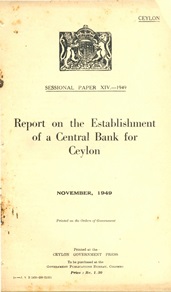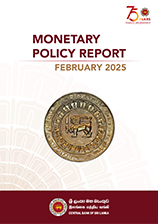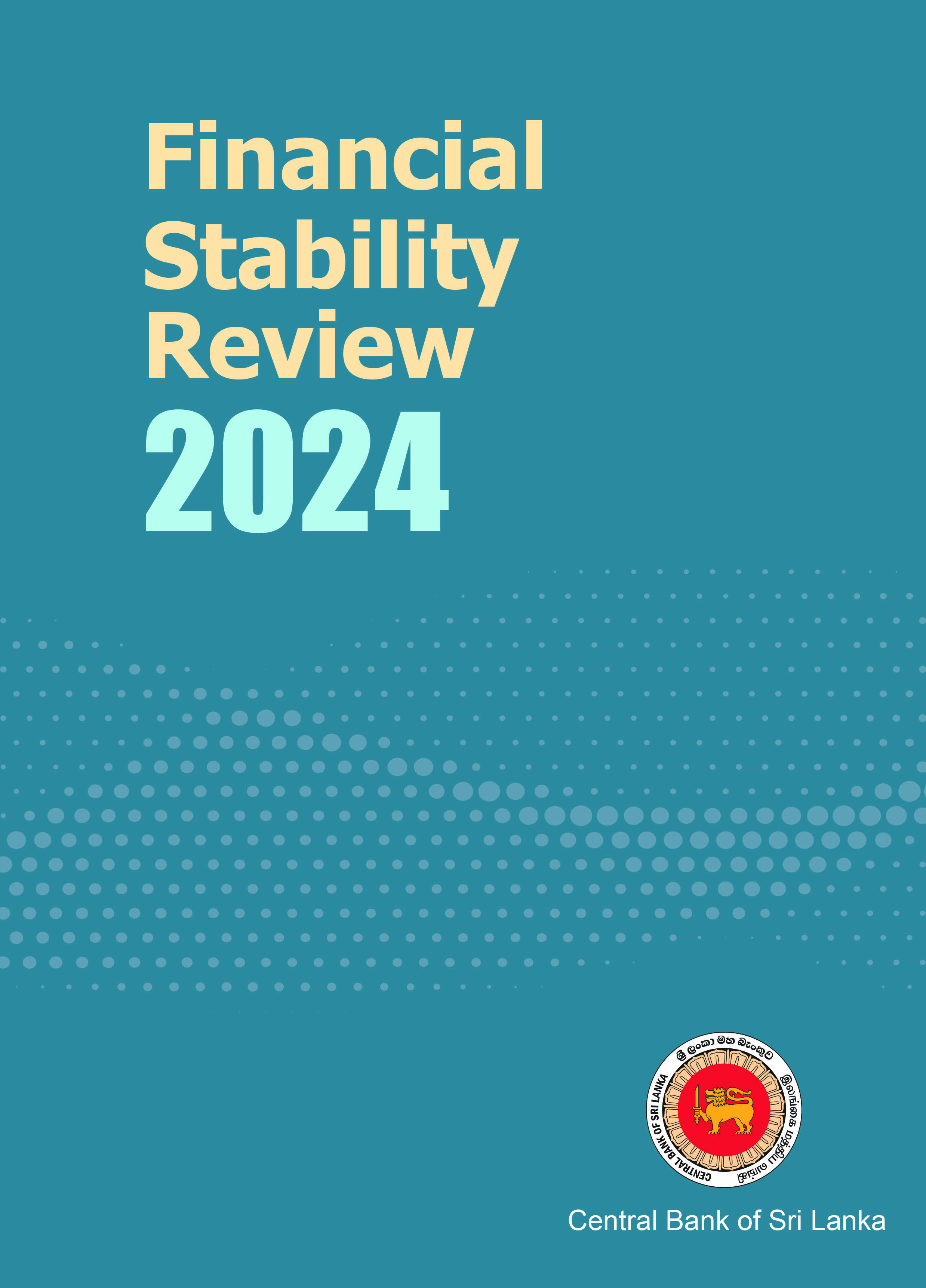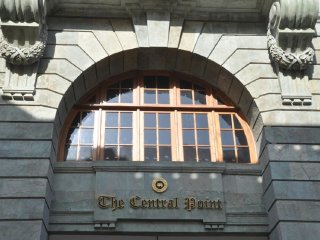The Manufacturing Sector PMI reached a 12-month high and signalled a strong upturn in manufacturing activities by recording 65.6 index points in March from 55.6 index points in February 2018 and was in line with the pattern observed in previous years. The increase of PMI in March was largely attributable to increasing orders in line with the seasonal demand as reflected by increase in New Orders and Production sub-indices. Stock of Purchases and Employment sub-indices also increased during the month. Further, lengthening of the Suppliers’ Delivery Time sub-index also contributed positively to the overall increase. However, most respondents, especially in the Textiles and Apparel sector, highlighted difficulties in finding both skilled and unskilled workers.
-
SL Purchasing Managers’ Index - March 2018
-
Public Awareness on Virtual Currencies in Sri Lanka
The Central Bank of Sri Lanka (CBSL) is aware of the growing interest in virtual currencies (VCs), both domestically and internationally.
The term “virtual currencies” is commonly used to refer to digitally created representations of value that are issued by private developers and denominated in their own unit of account. Common examples of virtual currencies are cryptocurrencies such as Bitcoin, Litecoin and Ethereum. Virtual currencies are not central bank issued currency.
-
Media Notice on Prorogation of Parliament of Sri Lanka
By a Gazette notification, with effect from midnight on Thursday 12th April 2018, in accordance with Article 70 of the Constitution the President has exercised his constitutional right to prorogue the Parliament. The next Parliament session will commence on 8th May 2018. During this time, no motions or questions can be tabled in Parliament and any prior actions by Parliament remain valid. The prorogation of Parliament has no impact on the functioning and operation of Government.
-
The Democratic Socialist Republic of Sri Lanka - US Dollars 2.5 billion International Sovereign Bond Offering
On April 11th 2018, the Central Bank of Sri Lanka (“CBSL”), on behalf of the Democratic Socialist Republic of Sri Lanka (“Sri Lanka”), marked its return to the US dollar bond markets with a successful issuance of new US dollars 1.25 billion 5-year and US dollars 1.25 billion 10-year Senior Unsecured Fixed Rate Notes (the “Notes”) with maturity dates of April 18th 2023 and April 18th 2028 respectively. The Notes have been rated 'B1', 'B+' and 'B+' by Moody's Investors Service, Standard and Poor‟s and Fitch Ratings respectively.
-
External Sector Performance - January 2018
Sri Lanka’s external sector demonstrated an improvement in January 2018 with higher inflows to the financial account in spite of the widening of the trade deficit. While earnings from merchandise exports increased, expenditure on imports also increased significantly outweighing the performance in export earnings during the month. Nevertheless, reversing the moderating trend observed during the last year, tourist earnings recorded a notable growth during January 2018. Workers’ remittances, which marked a set-back in 2017, also recorded a considerable growth on a year-on-year basis in January 2018. Meanwhile, the financial account of the Balance of Payments (BOP) continued to experience higher inflows in January 2018, with foreign investments in the government securities market and the Colombo Stock Exchange (CSE).
-
Monetary Policy Review - No. 2 of 2018
Considering the favourable developments in inflation and inflation outlook as well as lower than expected real GDP growth that further widened the prevailing gap between actual and potential GDP growth, the Monetary Board, at its meeting held on 03 April 2018, decided to reduce the Standing Lending Facility Rate (SLFR), which is the upper bound of the policy interest rate corridor of the Central Bank, by 25 basis points. This decision is also expected to dampen the volatility observed in interest rates in the domestic market during the recent past.
The Monetary Board’s decision to reduce the SLFR was based on the following macroeconomic developments:
-
Willful Defacement, Alteration and Mutilation of Sri Lanka Currency Notes
Considering the immense requests made and the difficulties faced by the general public in exchanging willfully defaced currency notes after 31.03.2018, the Central Bank of Sri Lanka (CBSL) has decided to continue the service of exchange of willfully mutilated, altered and defaced currency notes from CBSL until further notice.
-
Launch of the Revamped Central Bank of Sri Lanka Corporate Website
The revamped corporate website of the Central Bank of Sri Lanka (CBSL) was launched by Governor Dr. Indrajit Coomaraswamy on 28 March 2018. The URL for the site is https://www.cbsl.gov.lk.
The main features of the new website include additional content, more dynamic and interactive features with improved functionality, mobile compatibility and active social media integration. This will provide a better browsing experience for web users such as professionals, the public, media, and students to ensure efficient and speedy accessibility to information with user friendly interfaces.
-
Inflation in February 2018
Headline Inflation, as measured by the change in the National Consumer Price Index (NCPI, 2013=100), which is compiled by the Department of Census and Statistics (DCS), decreased to 3.2 per cent in February 2018 from 5.4 per cent in January 2018, on year-on-year basis. The high base prevailed in February 2017 as well as the monthly decline in Food prices in February 2018 supported by the favourable supply conditions attributed to this sharp decline in year-on-year inflation in February 2018.
The change in the NCPI measured on an annual average basis decreased from 7.6 per cent in January 2018 to 7.2 per cent in February 2018.
-
SL Purchasing Managers’ Index - February 2018
The Manufacturing Sector PMI recorded 55.6 index points in February from 51.7 index points in January 2018. This indicates that the Manufacturing activities expanded at a higher rate in February compared to January 2018 after the seasonal slowdown observed during the previous month. This was mainly driven by the expansion in the New Orders sub-index. The Production sub-index also increased with the increase in new orders. Nevertheless, this increase was relatively low compared to that of new orders due to lesser number of working days in February. Further, Stock of Purchases sub-index also expanded during the month while Employment sub-index expanded marginally. Meanwhile, the Suppliers’ Delivery Time sub-index lengthened at a higher rate compared to previous month.










